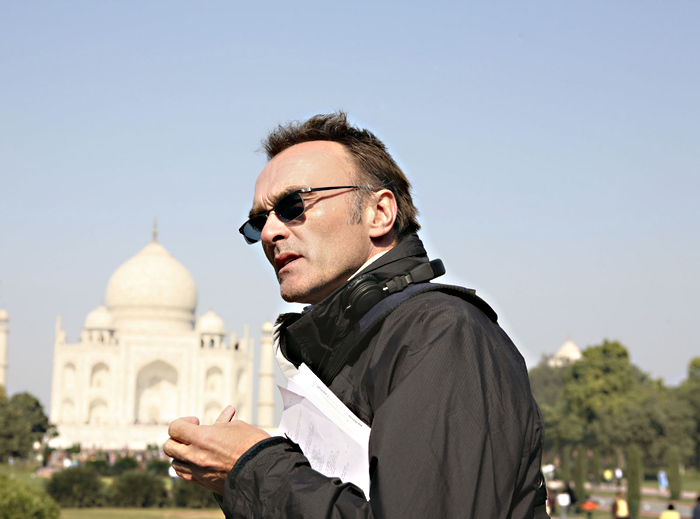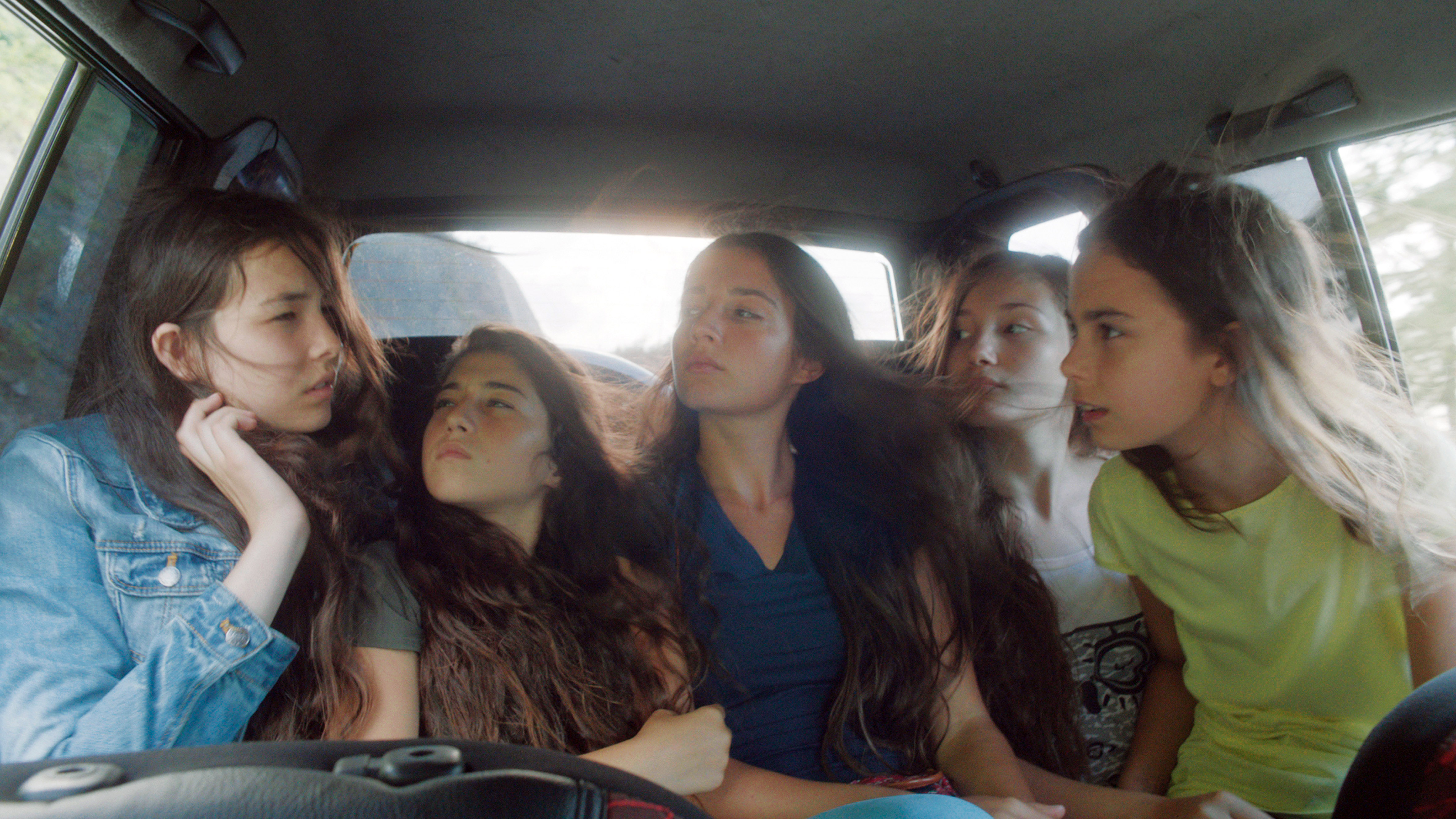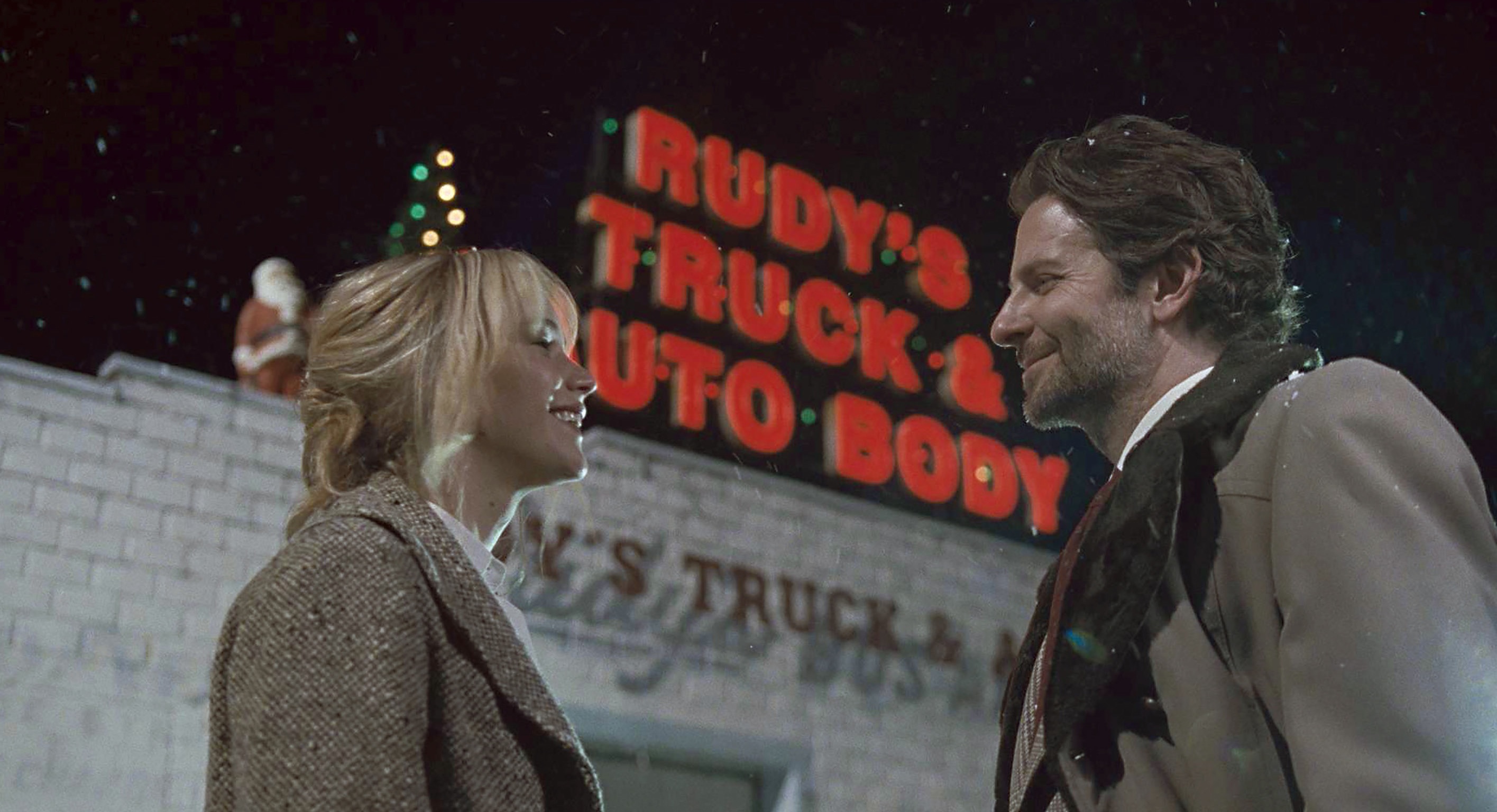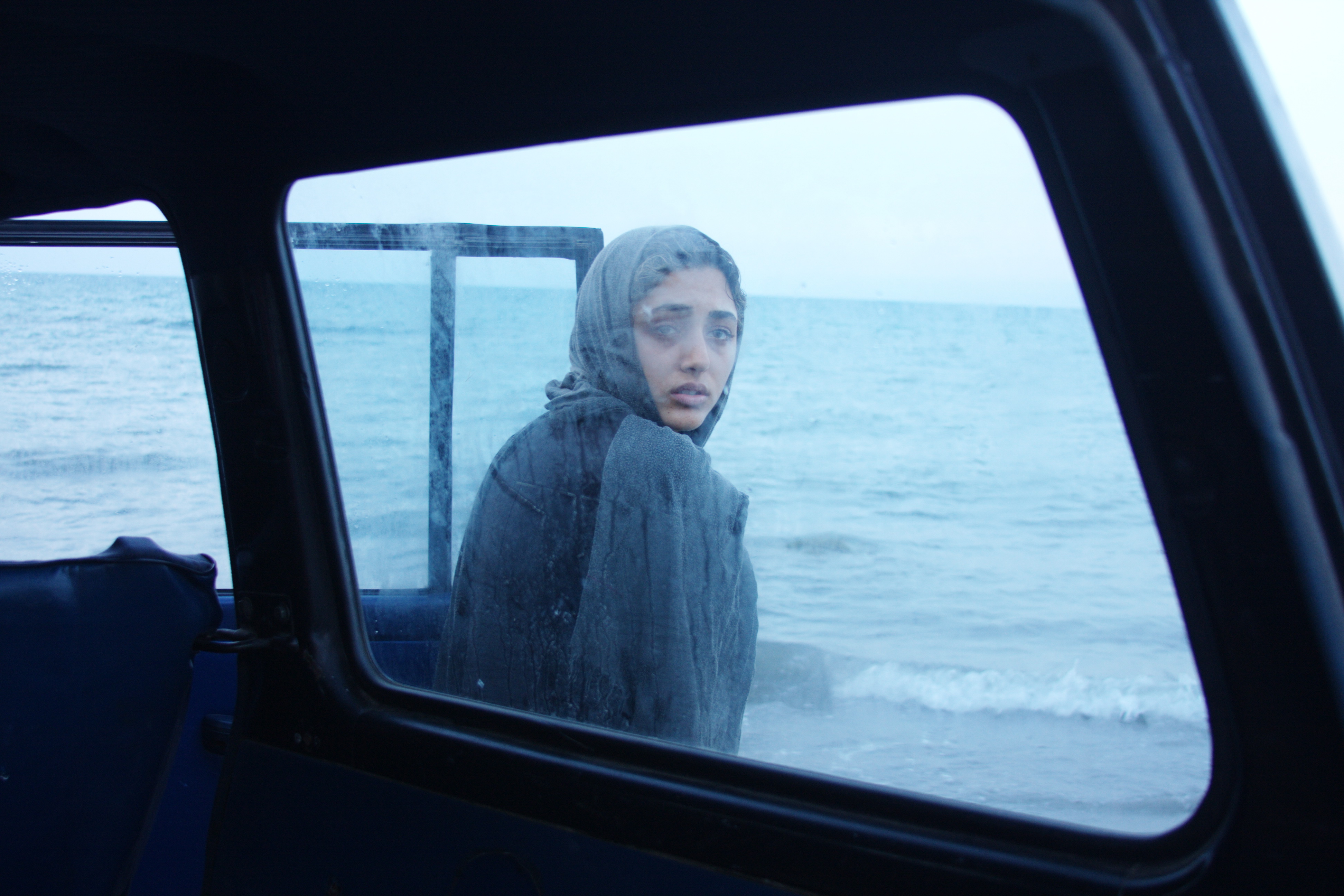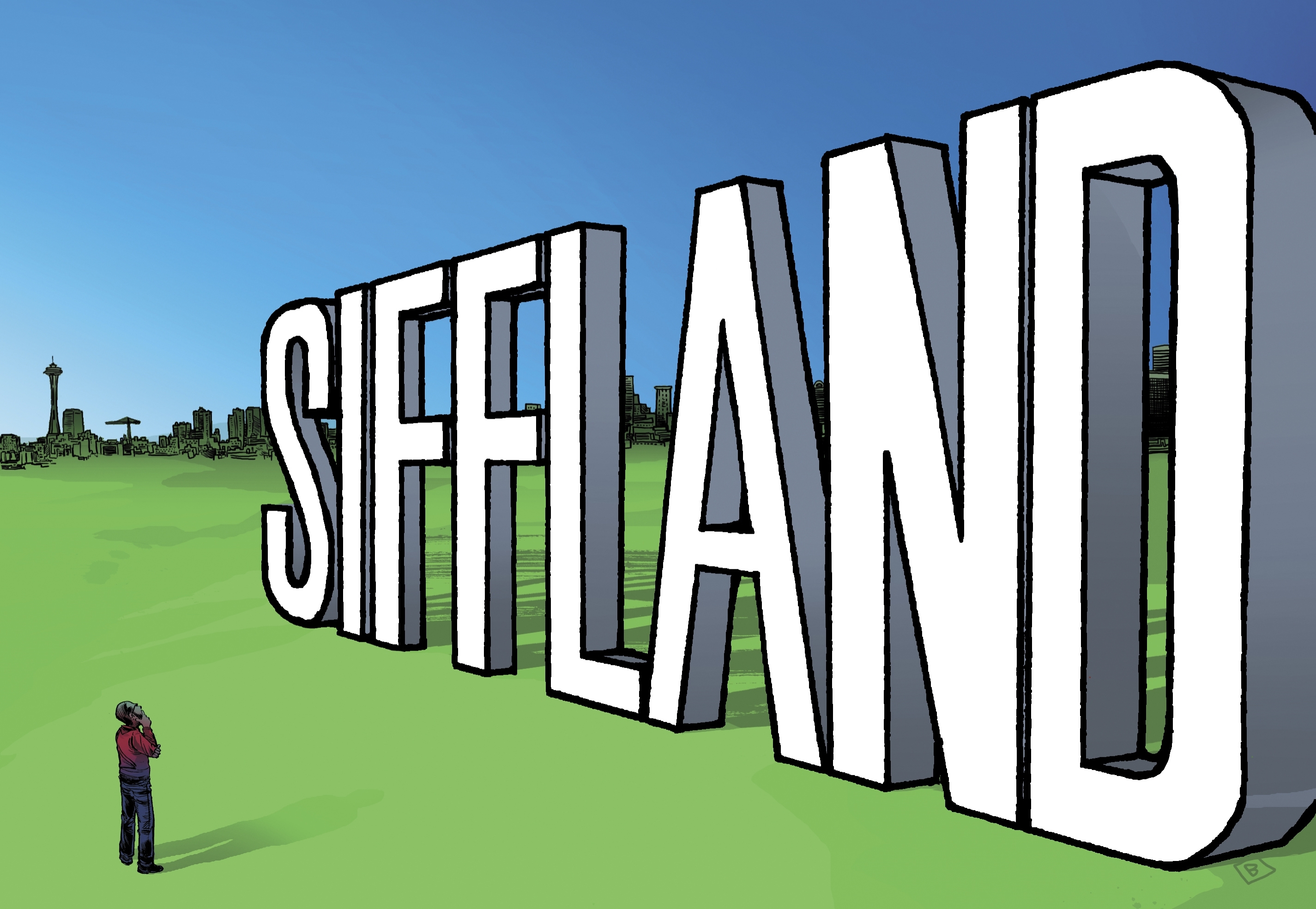English director Danny Boyle was visiting Seattle a while back, raving about the inspiration Mumbai provided during the filming of his acclaimed new Slumdog Millionaire. Then, last week, we all know what happened in that city.
Though at press time we can’t be certain of the terrorists’ identity, Islamic extremists are strongly suspected. And without giving too much of a Slumdog spoiler, its hero is a Muslim from the very lowest social stratum—one who loses his mother in a violent Hindu-led riot against his people. His response to adversity and discrimination is much different than today’s headlines, of course. And while Slumdog is a film rooted in realistic poverty, it’s also a Bollywood fantasy, a love story unburdened by politics or revenge.
Never has the film business been more international. And Boyle, born in Manchester, has the passport to prove it: Transpotting up north, The Beach in Thailand, outer space for Sunshine…and now, Mumbai (formerly Bombay) for this adaptation of the novel Q&A by Vikas Swarup. Which, he tells me, was perhaps less important than another book about the booming, newly global city.
“I’d never been [to Mumbai], and then I read the script,” says Boyle. “It’s a great narrative, but also a dazzling picture of the city. Then I read Maximum City.” Author Suketu Mehta’s 2004 nonfiction account compares his experience in New York and Mumbai, two teeming metropolises with much in common. What New York has become, the book suggests, Mumbai (population 18 million and growing) will become. And perhaps surpass.
“This other book, Maximum City, became my Bible, really,” says Boyle, now a resident of London. “I took it with me everywhere. I felt part of the time we were adapting that“—more than the novel, in other words.
As Mehta was once a stranger in New York, then a stranger anew in his childhood home of Mumbai, Boyle found that his newcomer’s eyes were a benefit while filming Slumdog.
Boyle explains, “Sometimes a stranger can come in and say, ‘Do you realize what sort of city you live in, guys?’ Sometimes you need a foreigner to come in and say, ‘Look at this!’ Mumbai’s not just a city to visit. It’s an event in your life, really, when you’re first exposed to it.”
Bollywood movies are always filmed in studios, never on the street. Naturally Boyle chose the latter method. But he’s the first to admit that shooting in the slums was a challenge: “We took a small crew. Because I’d done a big film with an enormous crew, The Beach, which was the wrong way to go about it.” That 2000 film, which starred Leonardo DiCaprio, proved to be a costly, trouble-plagued, paparazzi-infested debacle—despite the assistance of the Thai army to control the sets and shoo the public away.
Today, Boyle contrasts the experiences of shooting in Thailand and India: “You can’t approach [filming] the way you do normally, with control. There’s no point in even seeking it. It’s irrelevant. And even when you did, it felt fake.”
Chaos, by contrast, felt genuine as the Mumbai crowds teemed around his cast and crew—just like Maximum City. “That was always what we set it against,” says Boyle.
Mumbai, with the rest of India, has been transformed by call centers, outsourcing, and globalization. Like Beijing, the city contains massive extremes of wealth and poverty. This, as Boyle suggests, resembles the history of our own great Western cities: “It must’ve been London in Dickens’ time. It is Dickensian.” He recalls screenwriter Simon Beaufoy (The Full Monty) telling him: “It’s operatic, it’s melodramatic. It’s caricature. It’s massive plot shifts. It’s huge coincidences.”
Boyle agrees: “Victorian London must’ve been like that. And I guess turn-of-the-last-century Manhattan as well. Where a staggering explosion potential is happening, and it’s built on a massive base of poverty. But it’s not poverty—it’s poverty with a certain spending power as well, power to consume. To consume Dickens, to consume all those movies in India. There is terrible poverty there, but nobody starves in India. They’ve very proud of that. So it’s a mobilized power as well. The groundswell you feel is just incredible.”
In the sprawling tin-roofed slums, his protagonist Jamal is a wired street-urchin hustler who uses technology—chiefly the country’s most popular TV game show—to pursue his dreams and find his beloved. Jamal is in this way a paradigmatic ghetto entrepreneur.
Boyle describes Jamal as “totally resourceful and enterprising. We have this terrible stigma attached to slums, which is that they’re pitiful, and they’re without hope. Forget it! They don’t want our hope. They’re kind of getting on with it themselves. I love characters like that, who live by their wits. It often ends up, like in Trainspotting, with them thieving.” Here Boyle chuckles at the thought.
“They’re survivors. They’re gonna swim, they’re not gonna sink. Whatever shit life throws at them, they’re gonna plough through it. There’s an immense amount of forward energy, which I love in films. The way that film has this momentum. You think about film going through the gate when you shoot and when you project—it’s always going forward. Mumbai, it’s living in fast-forward.”
Like his hero, Jamal. And like Boyle himself.
